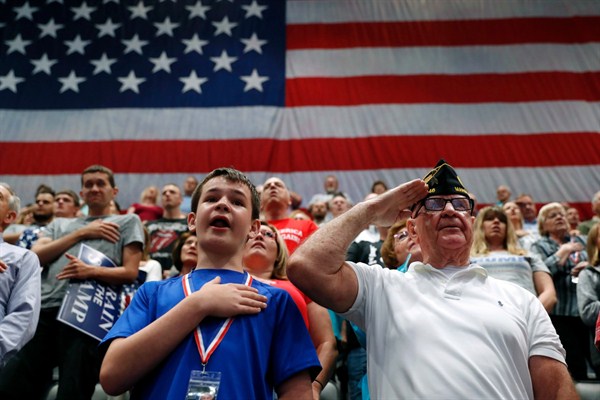Yesterday marked the first time in more than a decade that I spent the Fourth of July in the United States. The political climate in the U.S. over the past year makes it a curious time to helicopter back in for such a charged holiday. In a country as diverse and vast as America, the symbolism of national identity, values and pride is contested in the best of times. For obvious reasons, the rise of Donald Trump and his election last year as president have exacerbated the cleavages that can make that symbolism as divisive as it is unifying.
In the current bitterly partisan climate, it often seems as if the two sides are living in not only vastly different Americas, but vastly different landscapes of fact and opinion. This has often been explained by the increasing partisan divide among news outlets and online media, and the echo-chamber effect of people seeking confirmation bias.
But there is more at work than just confirmation bias. Many of the divides—rural vs. urban, religious vs. secular, blue collar vs. white collar—that drove Trump’s rise are the result of what amounts to different ways of knowing. It’s true, as Daniel Patrick Moynihan once said, that we’re all entitled to our own opinions, but not our own facts. But that overlooks the ways in which how we know what we know leads us to identify differently what constitutes a fact.

